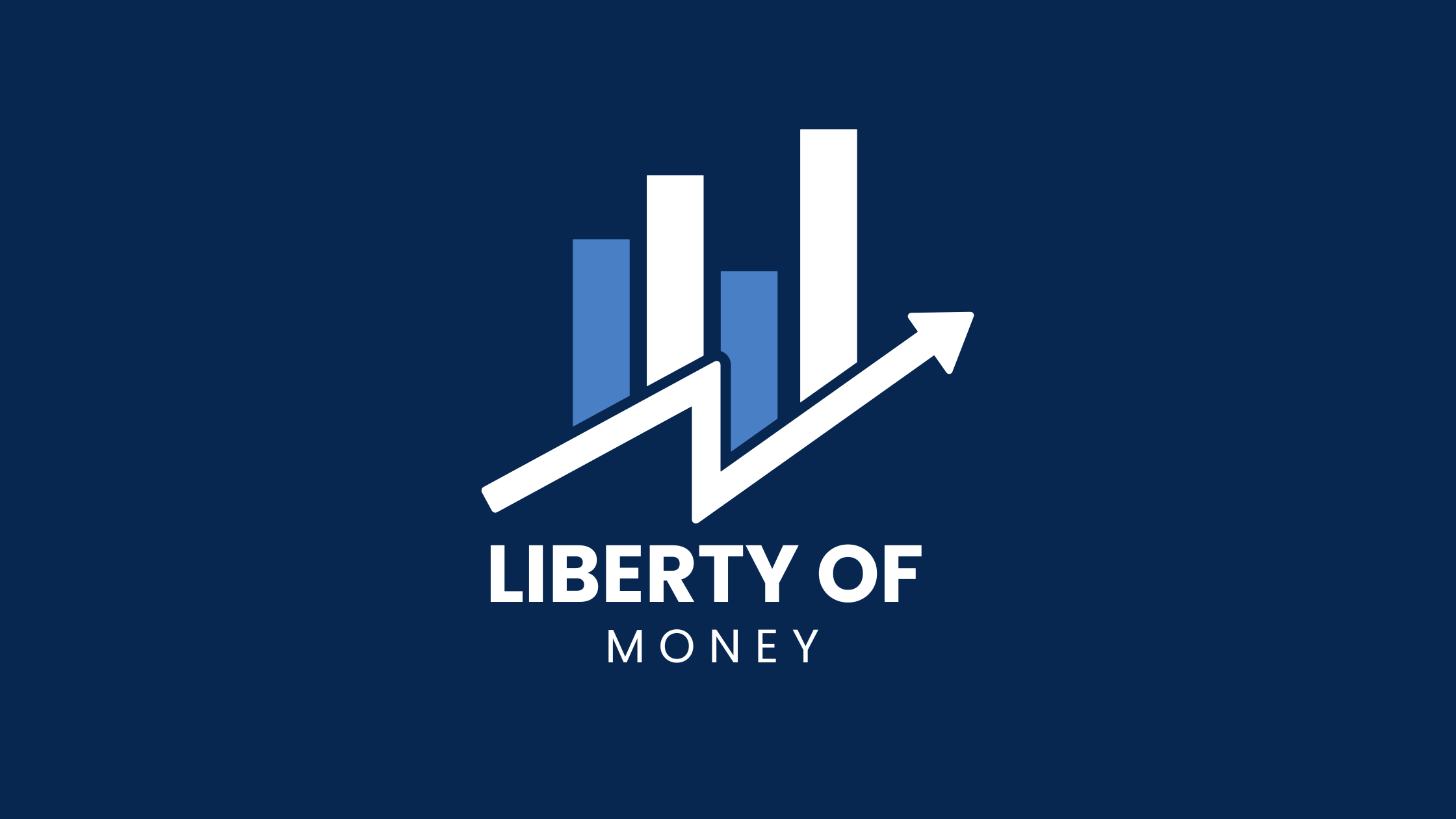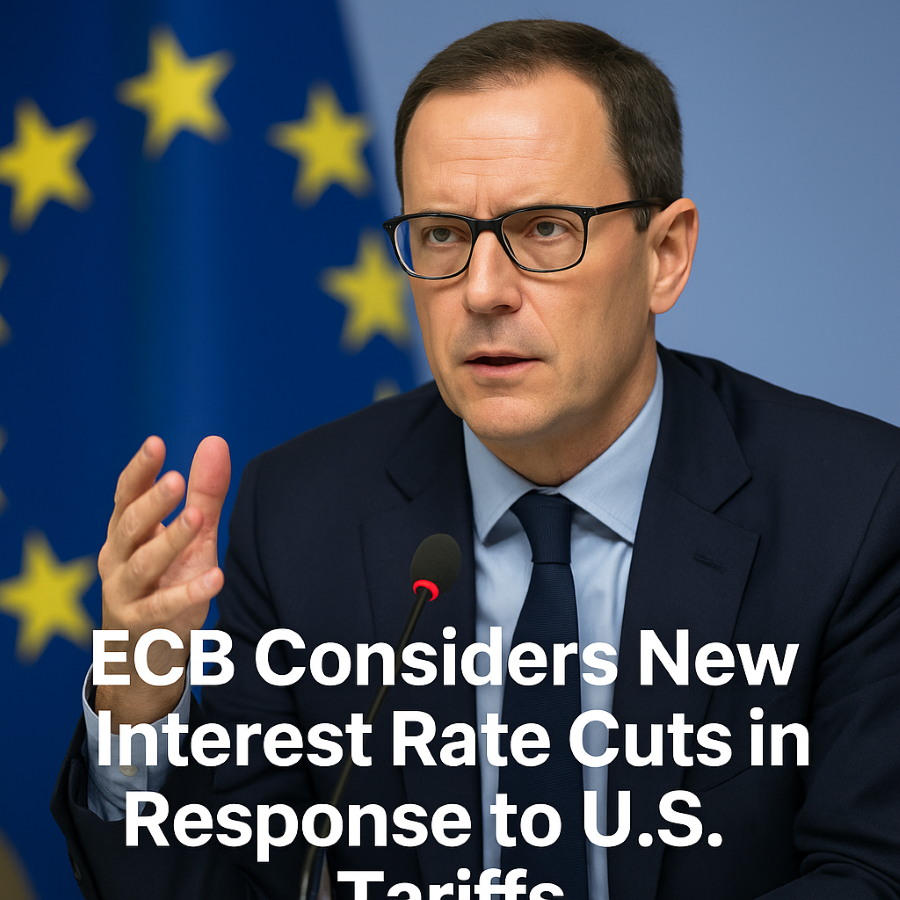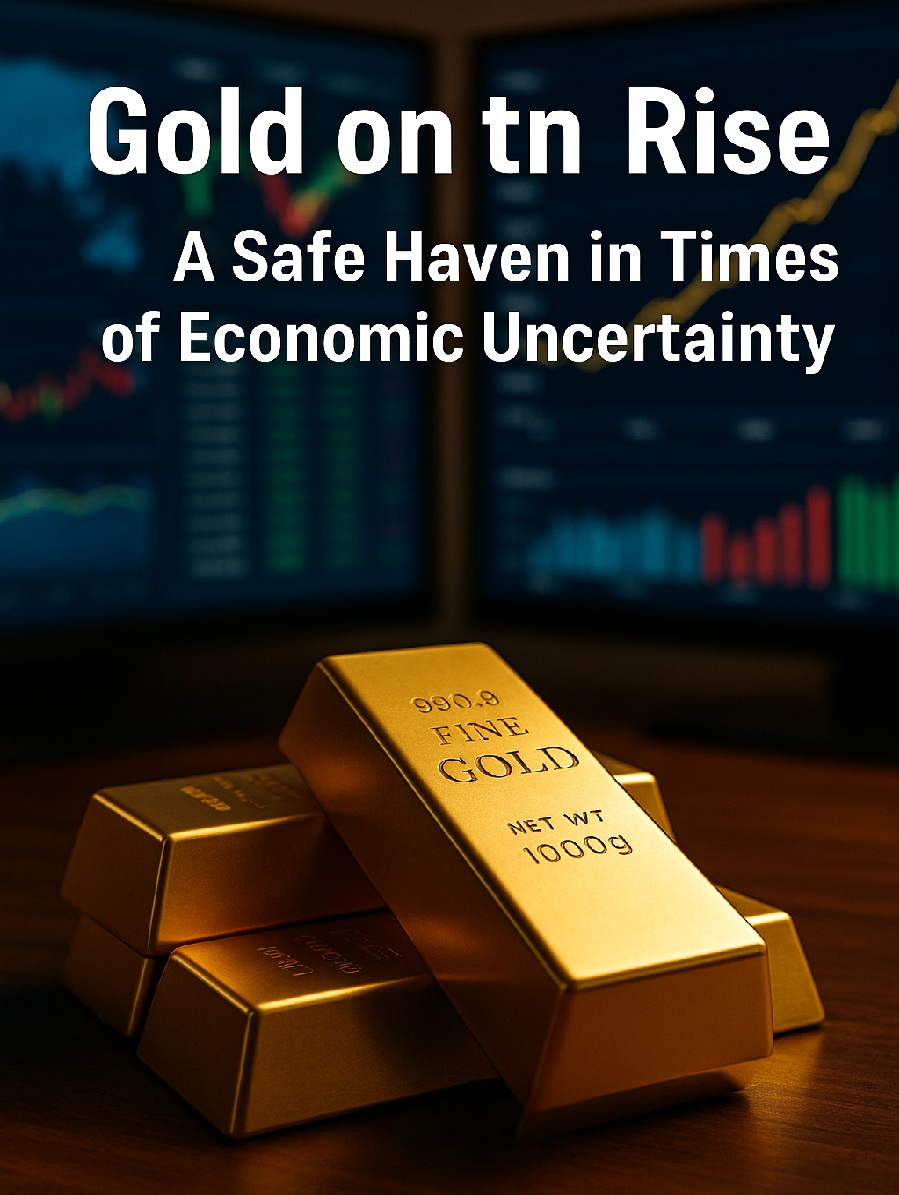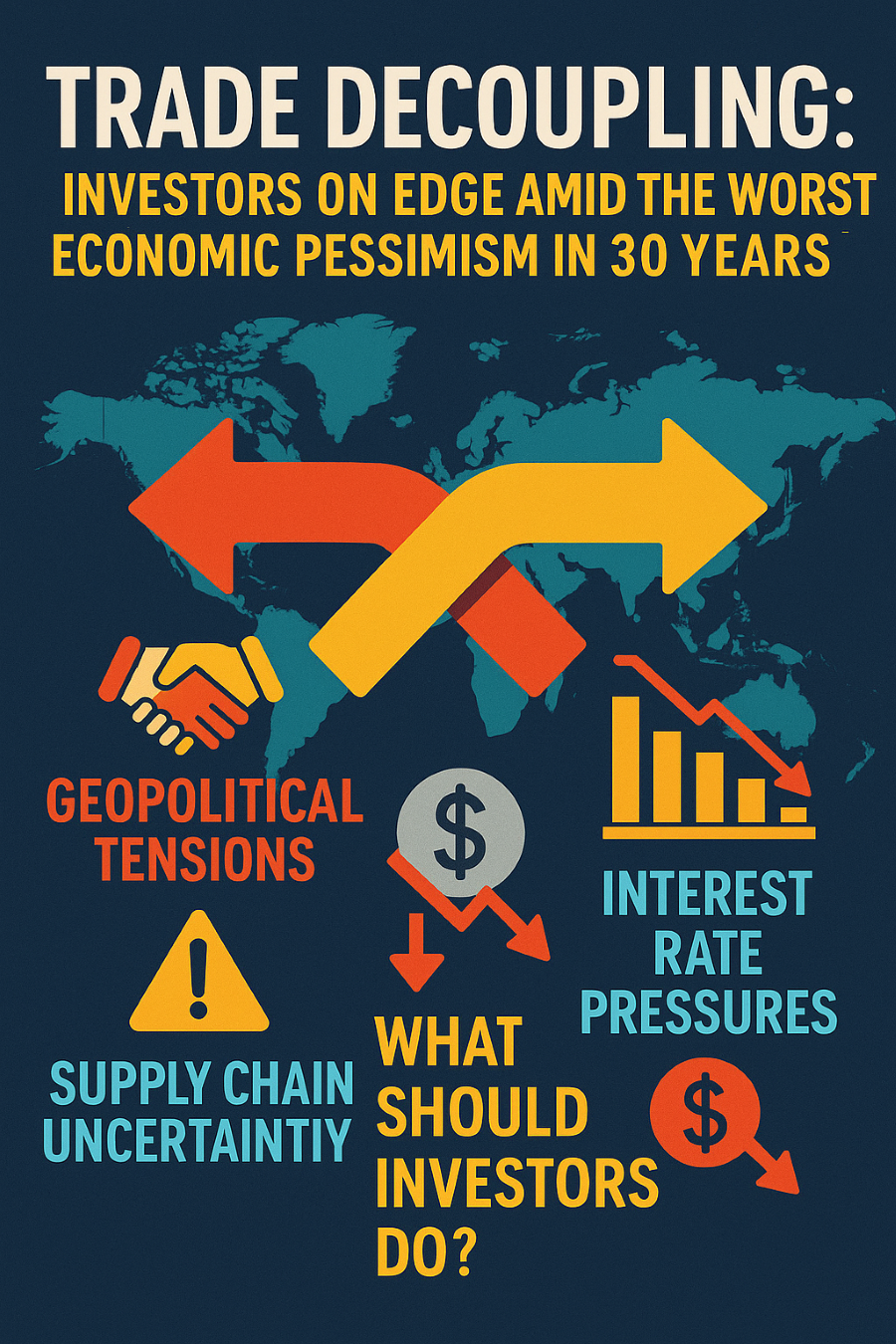Understanding the Global Shift
Over the past few decades, globalization fueled massive economic growth, increased trade efficiency, and created an interconnected marketplace. But today, the world is witnessing a sharp pivot. Economic pessimism is at its highest level in 30 years, and one key reason is the growing trend of trade decoupling — particularly between major global powers like the U.S. and China.
In this article, we’ll explore what trade decoupling really means, why it’s making investors nervous, and how you can protect your portfolio in these uncertain times.
What Is Trade Decoupling?
Trade decoupling refers to the strategic reduction of economic interdependence between countries. It often involves limiting imports/exports, reducing reliance on foreign manufacturing, or imposing trade barriers.
While this might sound like a political move, the economic implications are huge:
- Increased production costs due to shifting supply chains
- Disruptions in technology and innovation flow
- Volatile global markets as countries adapt
Why Economic Pessimism Is Peaking
Several factors are fueling the economic anxiety gripping global markets today:
1. Geopolitical Tensions
Rising tensions between global powers, particularly the U.S. and China, have led to tariffs, tech restrictions, and sanctions that stifle global commerce.
2. Supply Chain Uncertainty
From the COVID-19 pandemic to the war in Ukraine, recent crises have exposed the fragility of global supply chains. Companies are now trying to “reshore” operations, often at a higher cost.
3. Interest Rate Pressures
To fight inflation, central banks have raised interest rates. But this also slows economic growth and increases the cost of borrowing — a double hit to emerging markets and businesses.
What Should Investors Do?
In a world where old models no longer apply, how can you make smart moves? Here are some strategies:
✅ 1. Diversify Beyond Borders
Don’t rely on one country or region. Consider international ETFs or global blue-chip stocks to spread your risk.
✅ 2. Focus on Resilient Sectors
Sectors like healthcare, renewable energy, and cybersecurity are likely to remain strong regardless of global tensions.
✅ 3. Revisit Risk Management
Review your portfolio’s exposure. This may be the time to reallocate from aggressive growth stocks to more stable value investments or dividend-paying assets.
Final Thoughts
The trend toward economic nationalism and trade decoupling is reshaping the global landscape. Investors who stay informed, agile, and strategic will be in a better position to not just survive — but thrive.
Uncertainty doesn’t have to mean fear. With the right knowledge, it becomes opportunity.



